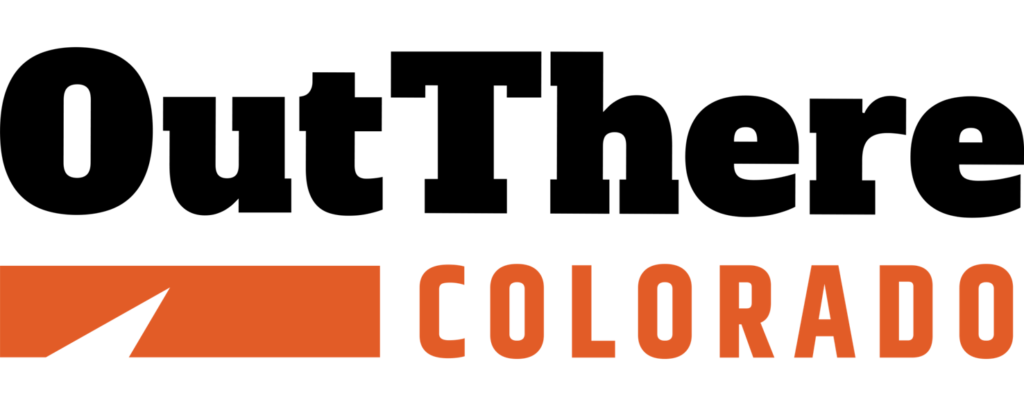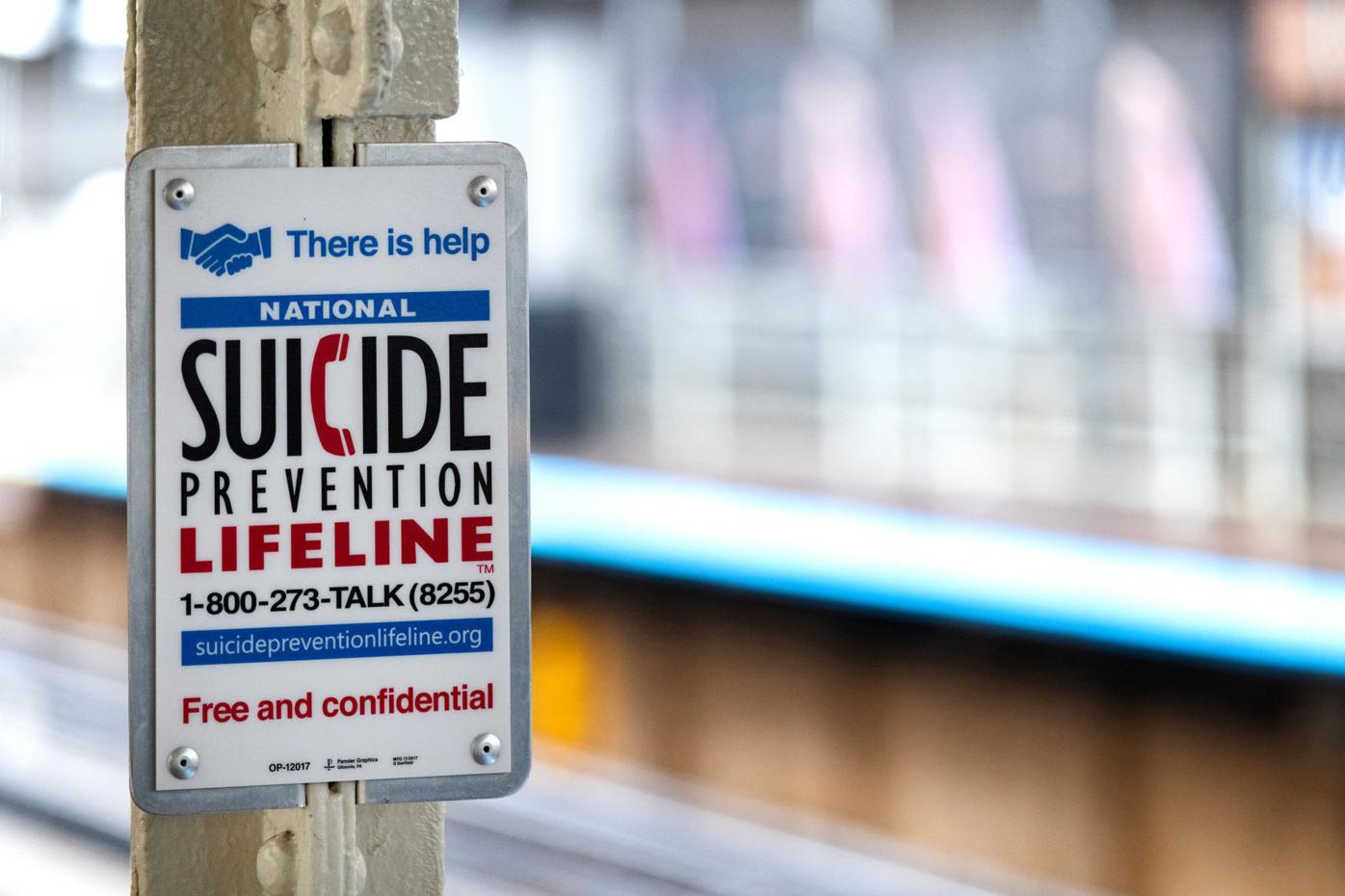Colorado suicide hotline sees 22% of calls unanswered
The Colorado suicide prevention lifeline received more than 11,200 calls — 22% of which went unanswered — between April and May of this year, according to a new report from a health policy research group.
The 988 suicide and crisis lifeline went live in July of 2022, providing both phone and text support for individuals experiencing a mental health crisis. As a federally-mandated part of the National Suicide Hotline Designation Act of 2020, each state is required to have a call center that puts callers in contact with a live counselor.
The program combined the former National Suicide Prevention Hotline and Veterans Crisis Line under a 3-digit alias.
KFF, the health policy research group, notes that since its inception, 988 has made almost five million contacts nationally. But the program’s ability to answer calls has proven to be a tough task.
Between April and May, five states reported answer rates between 55% and 69%.
Live Well: New PATHWEIGH visits help address obesity at UCHealth clinics in Colorado
Though not as low as others, Colorado’s 78.2% answer rate puts it as the 13th-worst in the country.
The solution to improving answer rates lies in sustainability, something local crisis centers are struggling with, the report said. While federal budgets support 988 nationally, states are responsible for the long-term funding of their own call centers.
A 2021 report by the Substance Abuse and Mental Health Services Administration said most crisis centers only receive $2,500 to $5,000 a year in federal funds.
The majority of the funding comes from local and private parties and most centers rely on volunteers for work, making it difficult to maintain staff levels, the group said.
In 2021, Colorado passed legislation to fund crisis services through telecom fees. Under the legislation, the 988 program can create a retail transaction fee every year. This fee cannot exceed 30 cents per transaction.
In May, the Biden administration announced $200 million in funding to help boost the infrastructure of state crisis services. KFF said that move isn’t a substitute for the need for long-term state funding strategies.
While the flood of calls can be redirected to national workers to help increase answer rates, this may lower their effectiveness, KFF said, adding, “If national overflow facility counselors are not familiar with local resources, they may not be able to assist callers with treatment referrals or extra assistance, which can be better provided by local crisis centers.”






